“Jizake” is Japanese sake made by sake breweries all over Japan. With the number of unique local sake increasing in each region, there must be many people who want to enjoy more but lack the knowledge. Therefore, we have summarized the basic knowledge you should know, from the definition of this jizake to some sake in Japan.
What is Jizake?
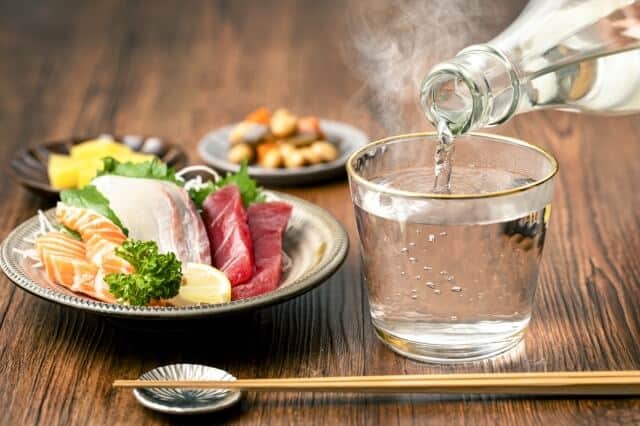
Jizake (local sake) is a type of sake that typically refers to products sold all over the country and sake produced elsewhere than the primary sake-producing regions of Nada, Hyogo Prefecture, and Fushimi, Kyoto Prefecture. Jizake refers to sake produced by an artisanal producer or microbrewery and manufactured using local ingredients by breweries in each region and enjoyed primarily in that area.
While some may focus on distribution and interaction with the community, others may concentrate on locally produced ingredients like rice and yeast. Many people rely on the brewmaster’s knowledge rather than using technology to expedite production. The concept of “jizake” is thus primarily concerned with methods of conveying regional features. The breweries have a significant amount of influence over the accentuated regional features.
Jizake History
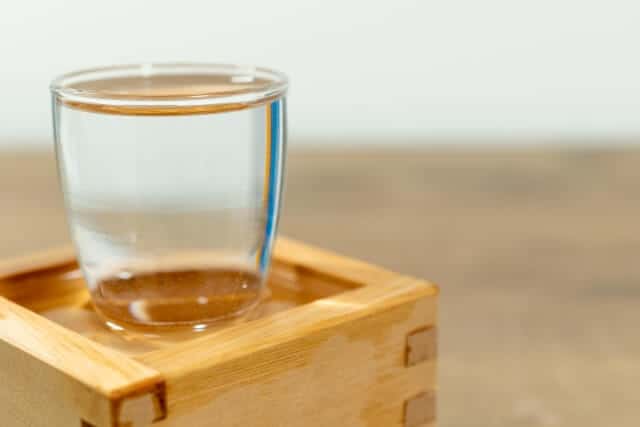
Rice, rice koji, and water are the ingredients of sake. The history of sake is parallel to that of the introduction of rice growing in Japan. In general, rice farming was introduced to Japan during the Yayoi period, which was roughly 2000 years ago. While paddy fields grew from the late Jomon to the early Yayoi periods, and sake was produced from rice at the same time, there is a theory that suggests rice was already being grown in the Jomon period.
While local artisanal breweries have been producing jizake for centuries, the jizake boom started in the 1970s as a result of efforts by the government-owned Japanese National Railways. It launched a massive “Discover Japan” campaign to entice city dwellers to explore rural Japan and “rediscover” its beautiful nature, culture, history, people, and local cuisine. Local sake such as Niitaga’s Koshino Kanbai, Miyagi’s Ichinokura and Urakasumi, and Ehime’s Umenishiki rose to prominence then. While these brands are well-known and widely available today, it was the early travelling sake enthusiasts who fueled the jizake boom.
Some sake enthusiasts scoured the country to find “phantom sake,” micro-batch award-winning sake covertly circulating among the locals and selected sake shops. The buzz to find rare sake added fuel to the jizake boom. Not by coincidence, this was when Japan was rapidly transitioning from the resource-poor post-war era to an age of economic prosperity. By the late 1960s, the government liberalized the sake industry, where rice became easier to obtain through a self-distributing market and not through rationing.
Types of Jizake

The different types of jizake are initially categorised by the ingredients. Ginjoshu and honjozoshu, which contain brewed alcohol, are the second. The first is junmaishu, prepared only from rice and rice malt.
Junmaishu
Junmaishu is sake made with only rice, malted rice, and water. As the name suggests, junmaishu, is made purely from rice. It does not use brewed alcohol, so you can enjoy the original taste and sweetness of rice, its richness, plumpness, and the unique aroma of rice.
Honjozo
Locals make Honjozo by adding brewed alcohol to rice, rice koji, and water. Also, they define the rice polishing ratio as “70% or less” and added distilled alcohol to balance the taste, but the amount added is determined to be less than 10% of the weight of the rice used as raw material.
Ginjoshu
Next, they make ginjoshu by fermenting rice that has been polished to 60% or less at a low temperature for a long time and characterized by a fruity aroma called ginko. In comparison, this brewed sake has a modest aroma and a refreshing, dry taste.
Jizake vs sake
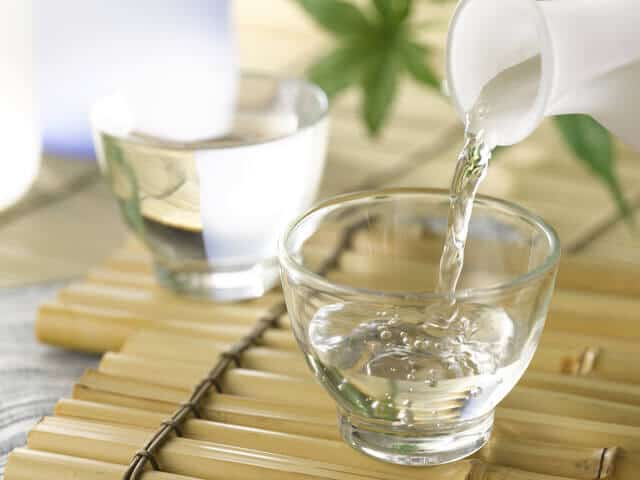
The difference between is the seishu and sake is mainly the part stipulated by law. Sake is related to Japanese sake, but among them, sake that meets certain conditions is called sake. sake made using rice, rice koji, and water. In other words, anything that satisfies these conditions classified as refined sake, and conversely, mirin that does not satisfy these conditions fall within the broad framework of sake.
While Jizake is a type of sake. In the sense of “local sake,” there are alcoholic beverages other than Japanese sake, such as wine, whiskey, and beer. , refers to sake produced outside of Nada in Hyogo Prefecture and Fushimi in Kyoto Prefecture.
Characteristics of Sake in some regions
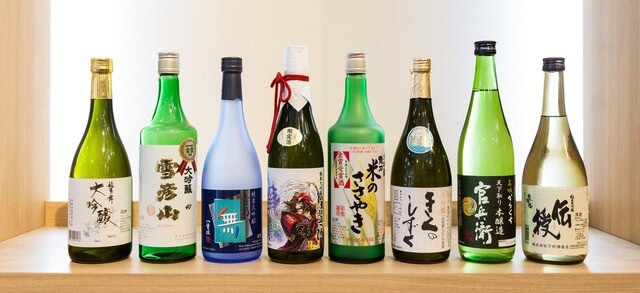
Hokkaido
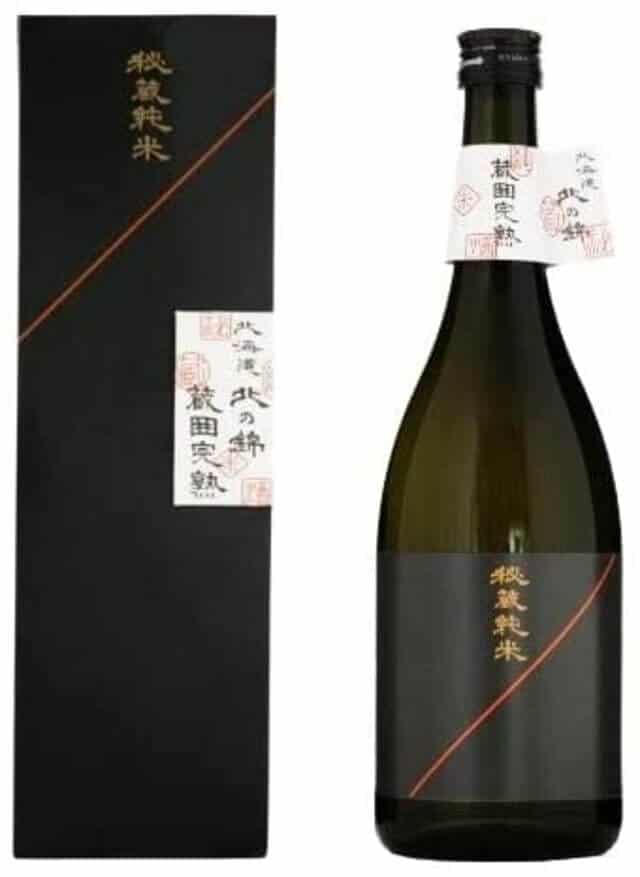
Most of Hokkaido’s local sake is dry, but there are also sweet sakes and one of its 5 local sweet sake is the Kuramari Ripe Treasure Junmai from Kobayashi Sake Brewery. Although the history of local sake brewing is short, the cold climate is suitable for sake brewing. It has a light and dry taste that goes well with fresh seafood from Hokkaido.
Tohoku
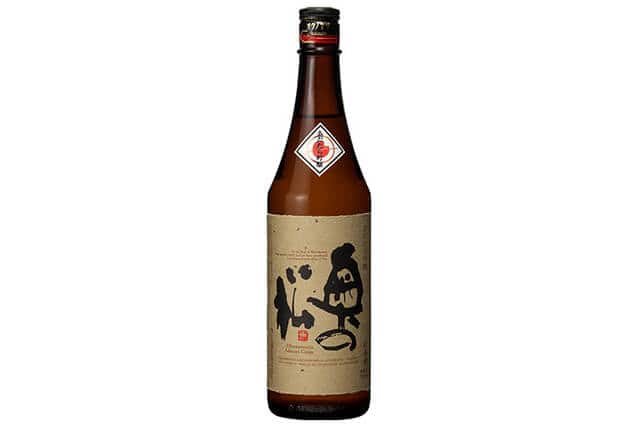
Okunomatsu Sake Brewery has a long history. They are proud of their wide range of sake including Adatara Ginjo. Akita, Miyagi, Yamagata, and Fukushima produce mainly light and dry sake, while Aomori produces light and sweet sake. Iwate, which has inherited the techniques of Nanbu Toji, one of Japan’s top three chief brewers, is known for its rich, sweet flavor.
Kanto
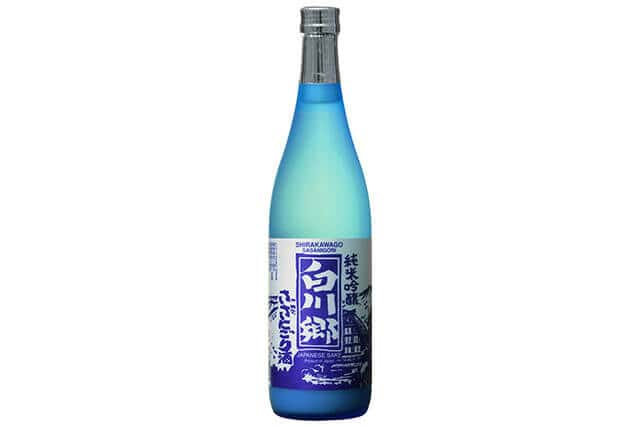
Because the climate is not suitable for sake brewing, there are not many breweries, but high-quality sake is currently using the abundant water sources. The Miwa Sake Brewery values Japanese culture. With a focus on authentic doburoku and “Shirakawago Junmai Nigori”. Gunma, Tochigi, and Tokyo are known for their light and sweet flavor, while the others are famous by their light and dry flavor.
Chubu

An example of famous sake brand in the region is Koshi no Kanchuume Rich and delicious pure rice sake. The Sea of Japan side of Niigata is a famous brewing area that produces a large number of high-end sake such as ginjo-shu and junmai-shu. The main dish is a light and dry dish that goes well with a wide variety of seafood. Ishikawa, Nagano and Aichi have a rich and sweet flavor, while Toyama has a rich and dry flavor.
Kinki
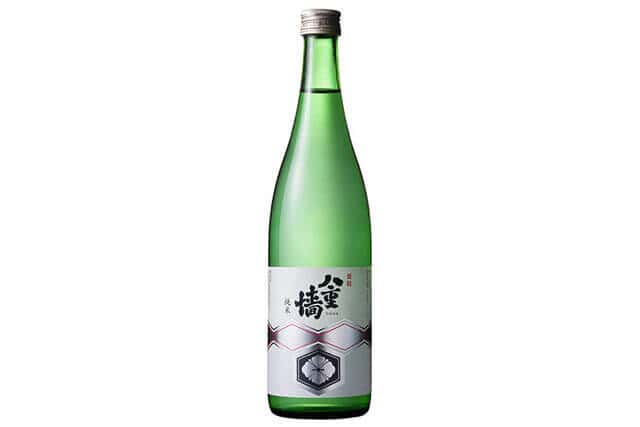
Yaegaki Sake Brewery is located in the Harima area with its famous sake – Yaegaki Homon Junmai. The Kinki area has two major breweries, Nada (Hyogo) and Fushimi (Kyoto). In this region, rich and sweet sake, mainly from Kyoto, is the mainstream, but Nada’s rich and dry sake, called “man’s sake”, is also popular because of its powerful taste compared to Fushimi’s mellow and smooth “onna sake”.
Jizake FAQ
- What is sweet and dry?
-
Like wine, sake is sometimes classified according to whether it is “sweet” or “spicy”. Depending on the combination of sake degree and acidity, there are four types of sake: “light and dry”, “light and sweet”, “rich and dry” and “rich and sweet” flavour exists. There is also sake that feels the sweetness of sugar and has a fluffy fruity taste but is numerically “dry”.
- Is there a difference in sake characteristics in Japan?
-
There are differences depending on the raw material rice, water, and climate. In Japan, there are sake breweries all over the country from north to south. In general, cold regions tend to have dry sake, while warmer regions tend to have sweeter sake.
How to make Sake?

STEP 1: Seimai
The first step is to shave the rice. The reason for shaving is that there are fats and proteins on the outside of the rice, and if there is a lot of them, you will feel that it has an unpleasant taste. The Japanese call the scraping rice “polishing” in the process of making sake. In other words, in the case of 60% rice polishing, 40% is shaved.
STEP 2: Washing and soak rice (senmai, Shinseki)
After polishing, the rice has shavings attached to it, so you can wash away with water. Soaking in water is to let the rice absorb the moisture. In the case of sake rice, the rice is steamed in the next process to absorb moisture. By the way, the water absorption time is more delicate in sake brewing than in rice.
STEP 3: Steamed rice (Musai)
By steaming, it becomes more susceptible to the action of “koji mold” in the subsequent process. Therefore, steaming instead of boiling only includes the amount of water necessary for making sake.
This process is called “three steps preparation” or “preparation“.
Koji making
The process of turning steamed rice into koji, which is the basis of sake, is what locals called “seikiku”.
Shubo making
Shubo is a large amount of yeast that promotes alcoholic fermentation. Next, add the yeast, lactic acid bacteria, and steamed rice to a mixture of koji and water. Generally, the yeast starter completes in two weeks to one month.
Moromi (moromi) and preparation
Put the shubo in a tank and add koji, steamed rice, and water to ferment it. Fermentation takes about 3 weeks to 1 month, and the fermented state, which is the basis of sake, is what the Japanese call “moromi”.
STEP 4: Filtering
The squeezing process was to separate large lumps and moisture, but in this process, it removed the small solids contained in the moisture. Before filtering, sake may contain small solids such as rice and yeast and may be slightly cloudy or slightly foamy. Filtering these small solids results in clear sake.
STEP 5: Storage/Preparation/Sprinkling water
After burning, you should store it for aging. Stored sake aged for about half a year to a year turns into a mellow taste. Then, you can blend it (preparation/split water) according to each brand of unblended whisky.
STEP 6: Pasteurization/bottling
Sake brewing is finally the final process. Before shipping, pasteurize the mixed rice wine again to stabilize the rice wine. After that, fill it in a jar or pack and you’re done.
Where to buy Jizake
For those who want to order or buy a jizake but live away from Japan. You can ship jizake from Rakuten. They ship to other countries just sign up here and get your personal address to Japan to send your items. Then you can easily shop on some e-commerce shops and can choose your preferred delivery method. You may also find some shops at Rakuten that sell jizake, just click here.
Nurukan Sato (ぬる燗 佐藤)
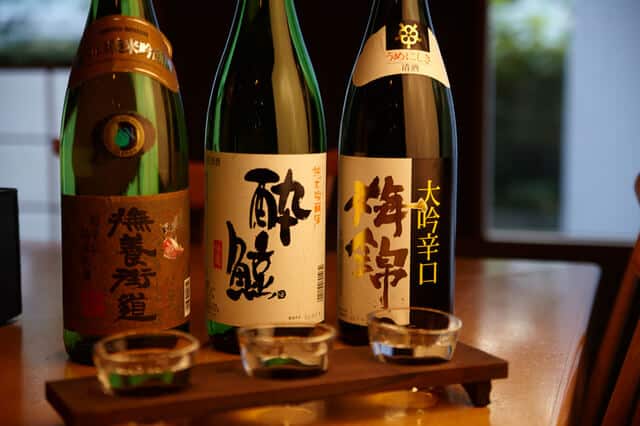
You can enjoy seasonal Japanese food and sake at a retreat. A hideaway-like shop that stands quietly in a back alley of Roppongi. The interior of the shop is chic and has a calm atmosphere. More than 120 varieties of local sake, carefully selected by the owner who is well-versed in sake, are always available. They also give advice on what kind of sake goes well with which dish.
Fukube (通人の酒席 ふくべ)
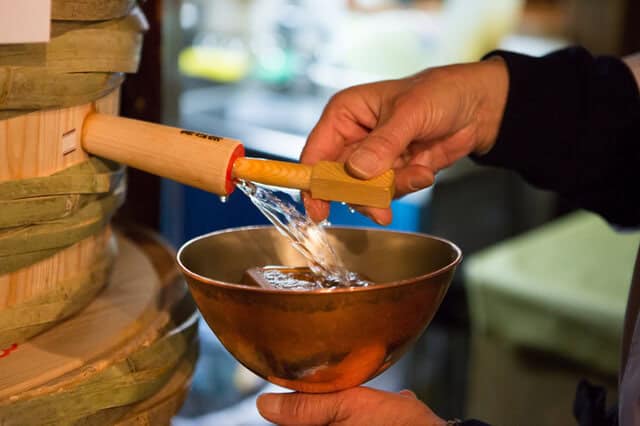
An izakaya that has been loved by locals in Yaesu, Tokyo since 1938. There are a total of 10 seats at the tasteful single-plate cypress counter. 41 types of sake from all over Japan are available. They also offer the best seasonal ingredients, such as mackerel with excellent fat nori and tightness.
Juban Ukyo (十番右京)
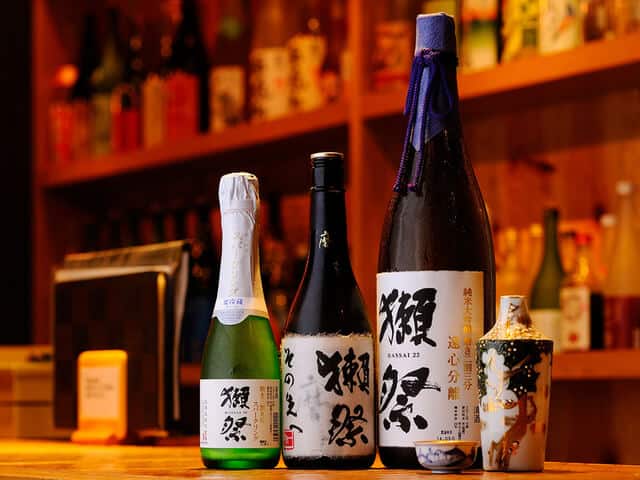
Offering 250 kinds of Japanese sake and luxurious side dishes. There are 250 types of Japanese sake and about 100 types of Japanese sake alone. The menu is according to taste, and careful consideration so that the drinker will not make a mistake.
Final Thoughts
The ultimate way to enjoy local sake is to visit the brewery. Many breweries accept visitors, except for small breweries with a very small number of people and busy seasons such as winter. By visiting a place where they make local sake and understanding the process, history, and thoughts of the brewer, the taste should be exceptional.
If you are interested in this kind of Japanese beverage, there are also some alcoholic beverages you should get yourself familiar with, such as Sake, Shochu, Amazake, Umeshu, and Awamori.
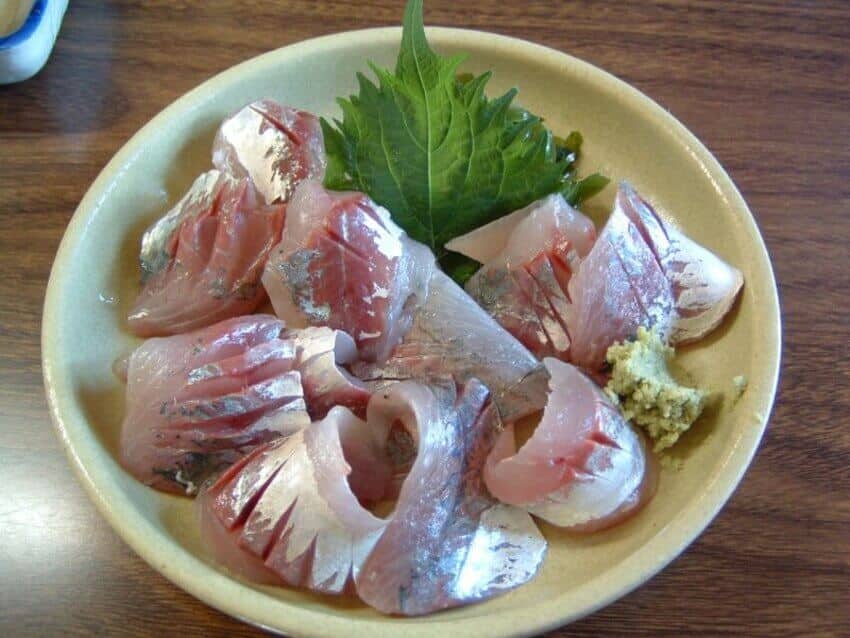
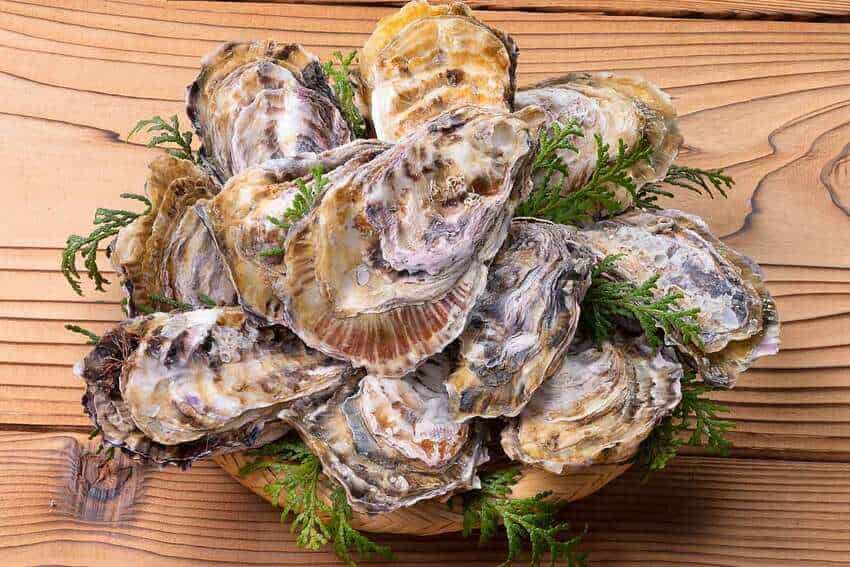
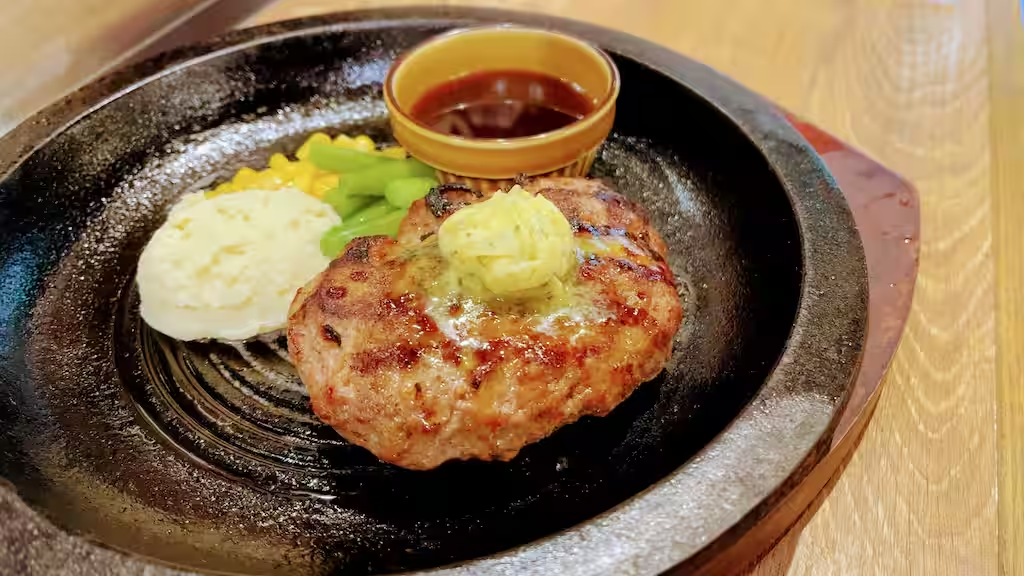
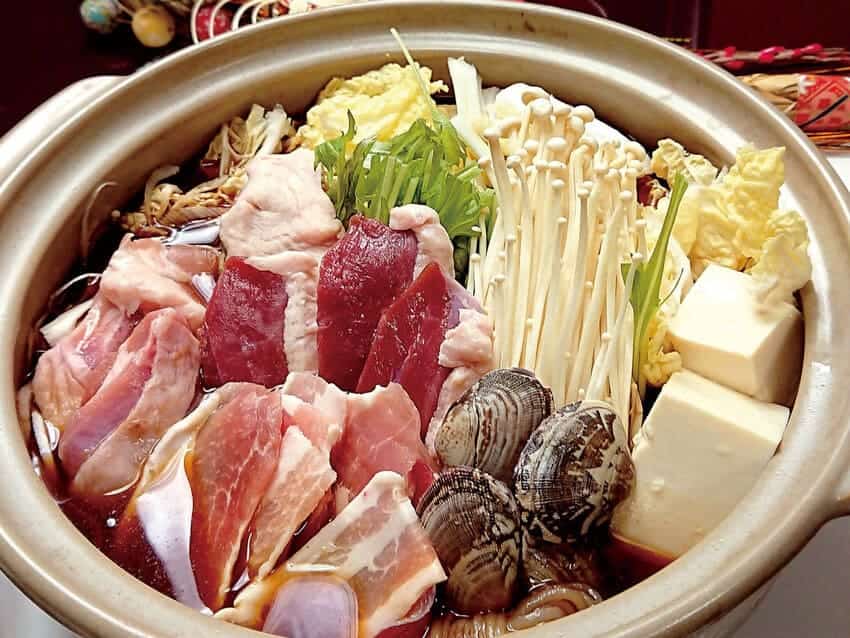
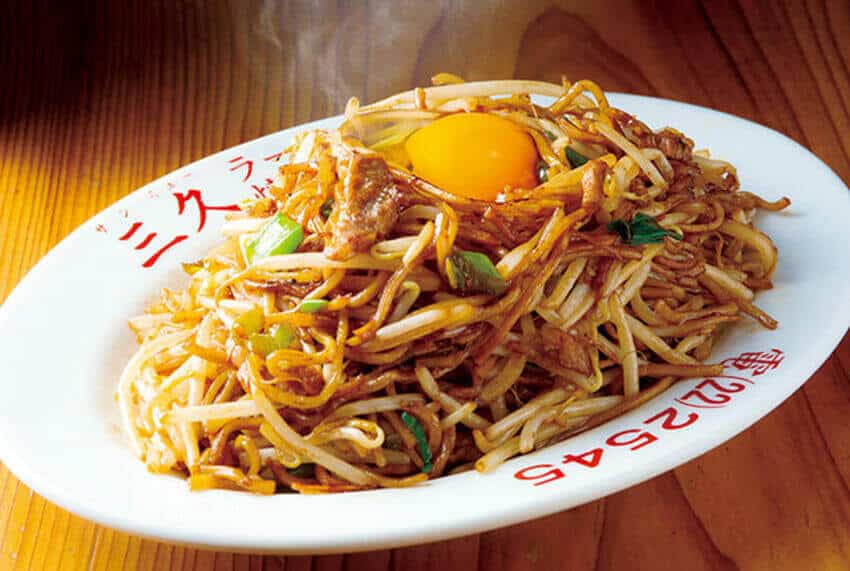

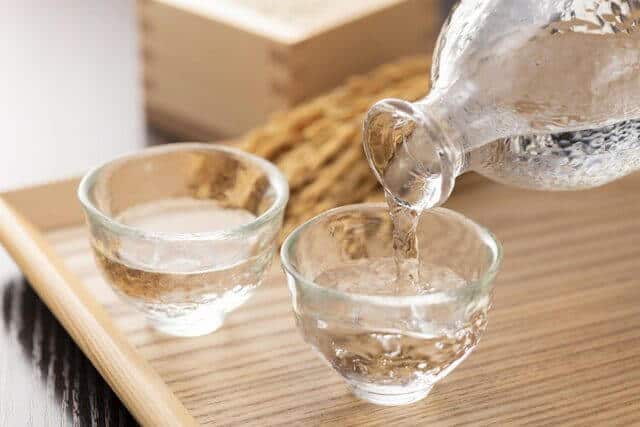
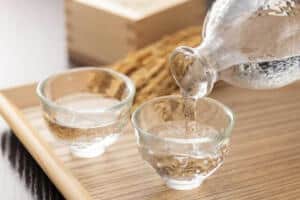
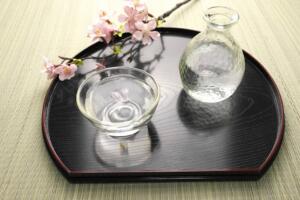
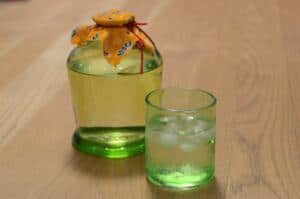
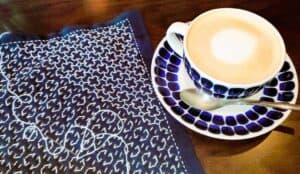
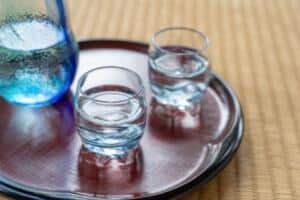
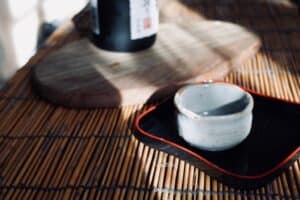
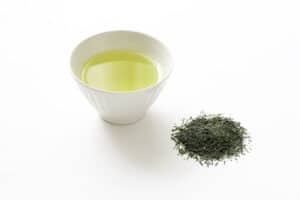
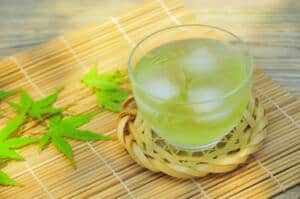
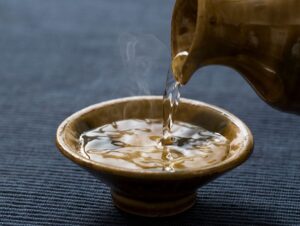
Comments